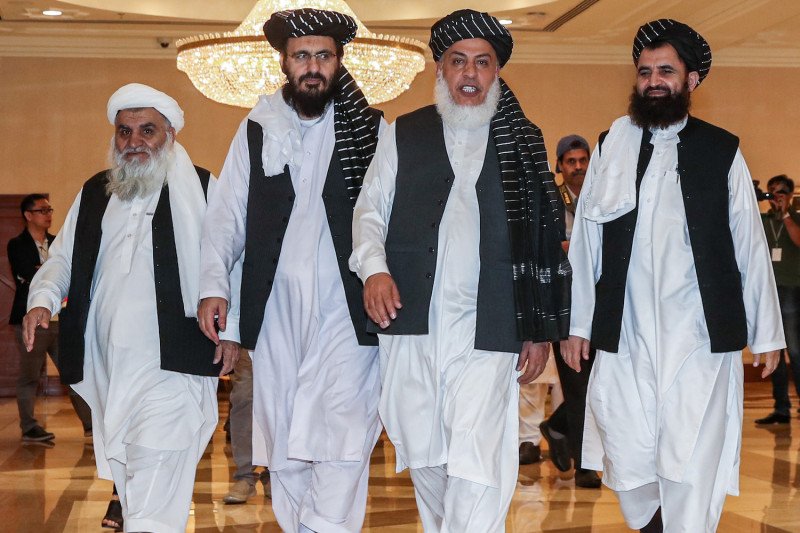A day after Stanekzai made overtures to India on August 29, the Taliban reached out to India both in New Delhi and Doha to discuss the diplomatic way forward between the two countries.
Putting unfounded fears of Opposition about “diplomatic isolation of India” after Taliban takeover of Afghanistan to rest, India today discussed the safety and security of its nationals with senior Taliban leader Sher Mohammed Stanekzai at Doha and got assurance from him that the new regime will not allow its territory to be used for anti-India activities. Stanekzai is the head of Taliban political office in Doha, Qatar and a former alumnus of Indian Military Academy in the 1980s. The meeting, sanctioned by the top Taliban leadership, lasted over an hour.
After Stanekzai publicly made overtures to India to resume trade and economic ties on August 29, the Taliban leader quietly reached out to the Indian leadership both in New Delhi and Qatar in the past two days. The Taliban leader acknowledged the positive role that India had played in Afghanistan in the past two decades. The Indian interlocutor, Ambassador to Qatar and Af-Pak expert Deepak Mittal, made it clear that India wanted the safety and security of its nationals still stuck in Afghanistan as well as those of Hindu and Sikh minority communities living in that country. Mittal also sought assurance from the Taliban that Afghanistan under the Taliban would not allow the use of its territory for anti-India activity without naming Pakistan based terrorist groups.
While the Modi government was caught by surprise with the collapse of the Ashraf Ghani government in Kabul, it chartered its own diplomatic course in that country with the evacuation of its nationals as its priority. Without making any statement on the Taliban takeover, the government used its good offices with the US, Iran and Tajikistan to evacuate its nationals. The US forces were managing the Hamid Karzai airport, the Iranian support was needed for overflying rights for Indian Air Force heavy-lift aircraft and the Tajikistan government helped in allowing the IAF aircraft to be parked at the Dushanbe airport.
At the all-party meeting on August 26, Opposition members raised the question of Indian diplomatic isolation at the turn of events in Afghanistan and others outside the government gratuitously suggested that the Modi government should seek the support of Russia and the UK. However, the Modi government refused to panic on the rapidly unfolding situation and dealt with the situation after considering at pros and cons among the national security planners.
It was due to this confident approach and the investment in the people of Afghanistan that the Taliban reached out to India, something they would not do in the past due to pressure from an adversary. That Stanekzai personally called to fix up the meeting held in the Indian Embassy premises at Doha says it all with New Delhi already alerted in advance a day before. Clearly, the Indian efforts to broker a resolution at the UNSC on August 30 and that it heads the UNSC sanctions committee had a role to play in the Taliban reach-out.
While the Opposition criticized the wait and watch policy of India in the all-party meeting, the Modi government wants all the assurances that Taliban leader Stankezai gave to be translated on the ground before it takes the next steps to deal with the new regime in Afghanistan. The ball is in the Taliban’s court.





































